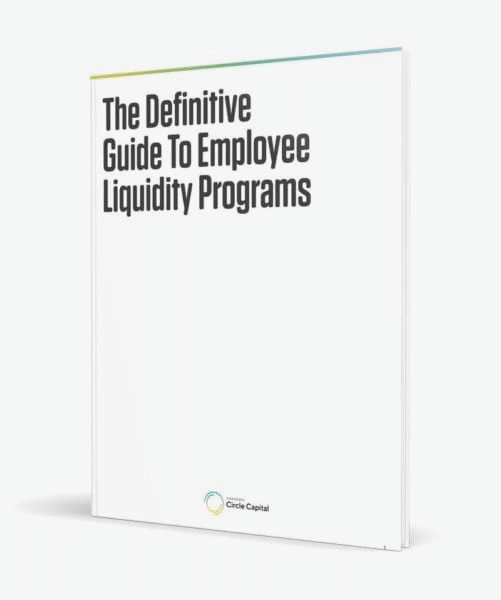Step 7
Symmetry of Information Sharing
Pre-IPO companies aren’t legally required to disclose financial information to the seller or the buyer. Over the years, Cooley Law has learned that sharing actually benefits the company from a liability perspective. After prospective buyers have signed an NDA, sharing usually results in all parties making an informed decision based on the same information. The processes companies use to fulfill this shared information can be all over the map, provided it’s identical. It may be as simple as giving one.
Over the years, Cooley Law has learned that sharing actually benefits the company from a liability perspective.







